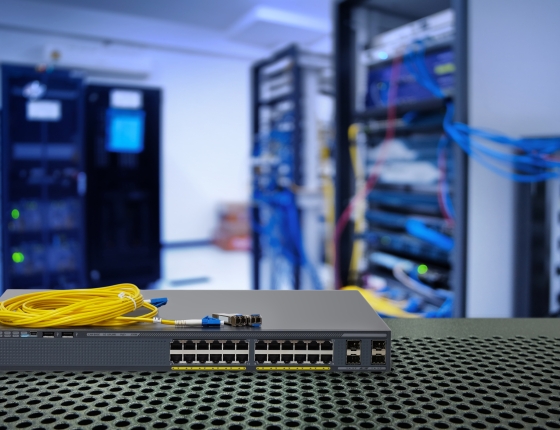In today’s digital age, data centers have emerged as the backbone of the modern life, powering everything from social media and cloud computing to telemedicine. However, the rapid growth of data processing and storage presents significant challenges in terms of energy demand and grid integration.
According to Electric Power Research Institute (EPRI), data centers accounted for an estimated 4% of the total U.S. electricity load in 2023, a figure that is projected to grow significantly with the increasing demand for digital services. This is at a time when more and more states are adopting carbon-free standards for their electric systems and there is concern that the increased load from data centers could put those goals at risk.
To address these concerns, many data centers are now prioritizing energy efficiency and renewable energy. Modern data centers are increasingly adopting advanced cooling technologies, server virtualization, and more efficient power supplies to help lower overall energy use. Data centers are also integrating renewable energy sources. Many large data center facilities are committing to sourcing their power from wind, solar, or hydroelectric sources, which not only reduces their carbon footprint but also supports the growth of renewable energy infrastructure. Tech giants like Google and META are leading the charge with ambitious sustainability goals, setting new standards for the industry.
However, these advancements come with their own set of challenges. Data centers require constant power, so integration with renewable energy sources can create grid stability and efficiency issues. Balancing energy supply with demand, particularly during peak times, remains a critical concern.
Alternatively, the opportunities data centers present for infrastructure investments and economic development to communities are considerable. In recent years, large hyperscale data center owners have shown that they are willing to invest in traditional and advanced renewable energy technologies that serve and benefit all utility customers, local weatherization programs, and waste-to-heat projects that support their corporate goals. Additionally, data centers can drive local economic benefits from job creation during construction to management of the facility, increased tax revenue, economic diversification, and greater demand for support services. Recent data center investments by the largest data center operators have been over $1 billion per data center, which could mean huge economic potential for a community and state.
While data centers face significant energy efficiency challenges, the ongoing innovations and shifts toward sustainable practices offer promising opportunities for the data center industry, the power grid, and ratepayers. By embracing these advancements and developing thoughtful policy and regulation around the integration of data centers, this emerging industry can be pivotal in creating a more resilient and sustainable energy future.
Source: https://www.epri.com/research/products/000000003002028905
